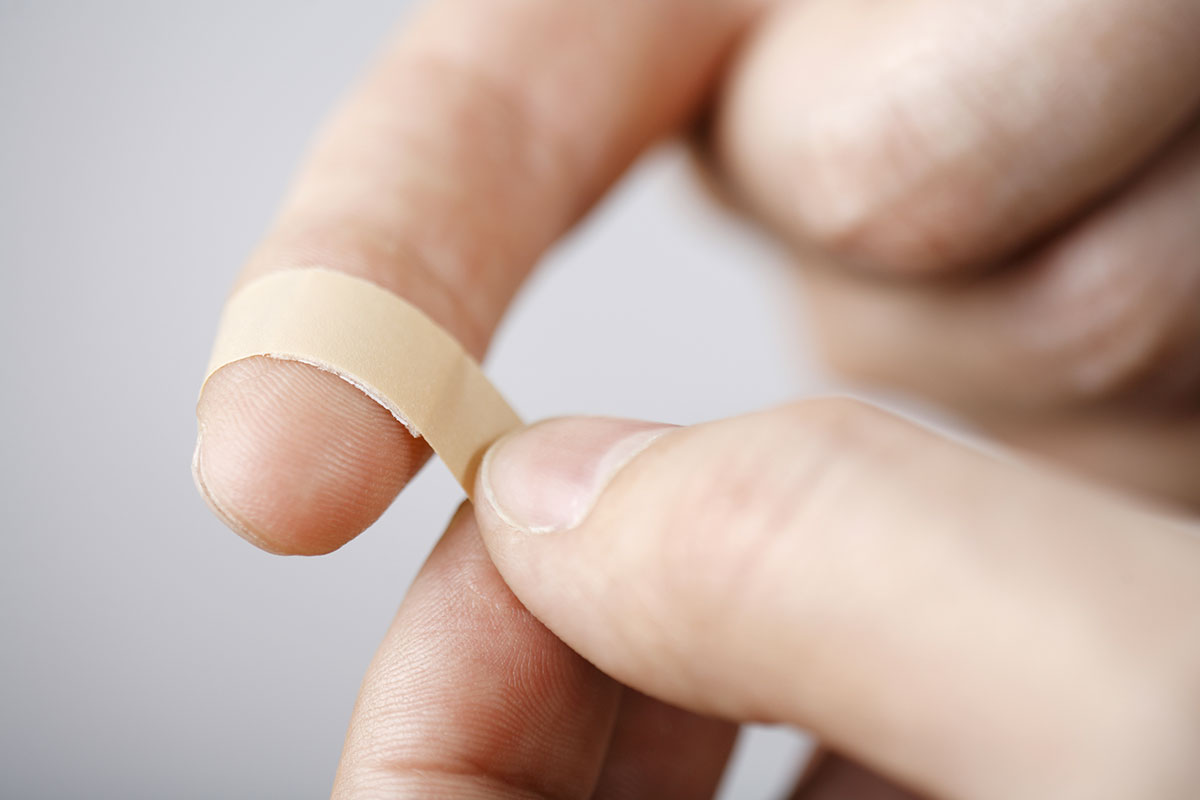A cut or injury may or may not require a visit to the emergency room and it may be difficult if they require stitches or not. It usually depends on your judgment. Cuts and puncture wounds upset parents greatly and it’s better to seek immediate medical attention if you’re uncertain how serious the injury is.
When should you visit an Emergency Room?
Here are the signs to tell you whether there is a need to visit the emergency unit or the urgent care center:
- Very deep to expose the dermis or yellow subcutaneous fatty tissue
- Wide open so that you can’t easily use gentle pressure to press the edges together
- The injury is on or across a joint (a possibility for damaged nerves, ligaments or tendons)
- Consequence of an animal or human bite (tetanus booster shot or oral antibiotics, as well as stitches may be necessary)
- A result of a foreign object impaling the area
- A result of a high–pressure impact from a projectile like a bullet
- Contaminated or resulting from a very dirty or rusty object
- Bleeding profusely (the bleeding does not slow or stop)
- Located on a cosmetically significant area, such as the face
- On or near the genitalia
5 things you need to know when you get injured
If you decide to go to the emergency room or urgent care center, here’s what you need to know:
- Do not remove any foreign object (such as a stick or piece of metal) stuck in the wound
- If an animal or human has bitten you or a family member or friend and the laceration is more than a very superficial abrasion or when a contaminated or rusty object caused the injury, the advice is to seek medical attention immediately
- If possible, gently clean the injured area before visiting the emergency department by using clean tap water and a dilute liquid antibacterial soap. This is a good way to clean off almost any wound. Hydrogen peroxide is not recommended wound cleaning because it can damage the tissue
- In case a child has been injured, avoid giving them food or drink before going to the emergency room because this can delay treatment
- On the way to the hospital or clinic, apply direct pressure and elevate the injured area. This will usually help slow or stop most bleeding. Most importantly, remain calm and drive safely.
If your cut or scrape is very minor treat it at home by irrigating it as suggested above, then dress it with a topical antibiotic and a bandage.
Doctors recommend keeping the area clean and reapplying antibiotic ointment and a bandage several times a day when caring for a minor cut at home.
It is important to keep an eye on your wound to monitor healing. If you become concerned by its look and feel, visit your doctor to ask for professional assistance .
-
3,400 Physicians
-
110,400 Annual surgeries
-
190,400 Annual Inpatient Admissions
-
928,000 Patients



